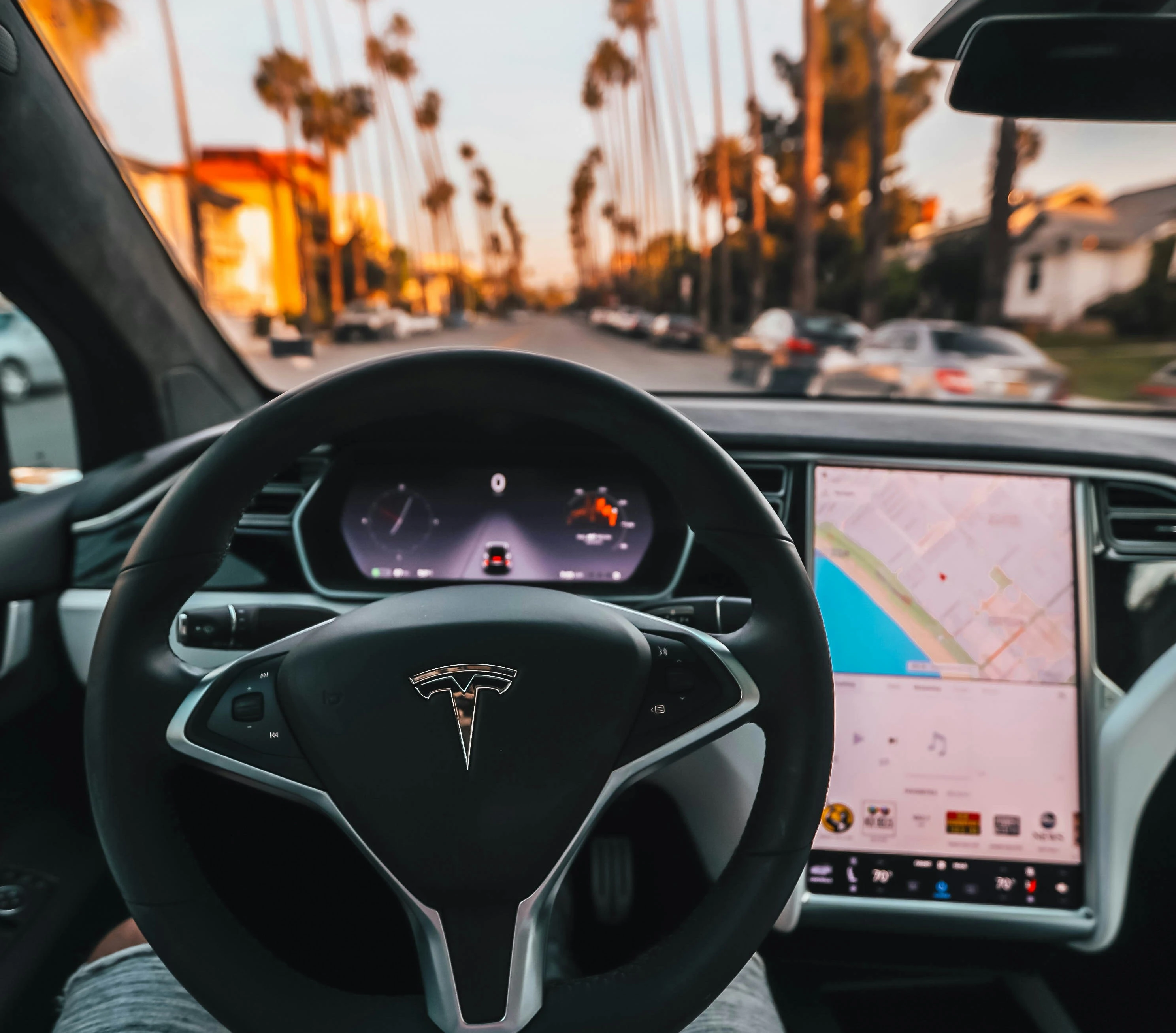Ceramic vs Metallic: Why Tesla Needs Ceramic

When choosing window tint for your Tesla, the decision between ceramic and metallic films is crucial. At Elite Window Tinting & Paint Protection, we exclusively recommend ceramic films for Tesla vehicles, and there's solid science behind this recommendation.
Tesla vehicles are technological marvels with sophisticated electronic systems, GPS navigation, cellular connectivity, and numerous sensors. Metallic window films can interfere with these critical systems, while ceramic films provide superior protection without any electronic interference.
The Metallic Film Problem
Metallic films contain tiny metal particles that reflect heat and light. While effective at heat rejection, these metal particles create a Faraday cage effect that can block or weaken radio frequencies. This interference can affect your Tesla's key fob range, cellular reception, GPS accuracy, and even charging communication systems.
Ceramic Film Advantages
Ceramic films use advanced nano-ceramic technology that blocks heat through absorption rather than reflection. This non-conductive material provides excellent heat rejection without any risk of signal interference. XPEL ceramic films actually outperform metallic films in heat rejection while maintaining complete electronic transparency.
Performance Comparison
In our testing, XPEL Prime XR Plus ceramic film blocks 98% of infrared heat compared to 80% for premium metallic films. More importantly, ceramic films maintain this performance without the purple fade common in metallic films or the signal issues that can affect your Tesla's functionality.
Long-Term Value
While ceramic films may have a higher initial cost, they provide better long-term value for Tesla owners. No signal interference, superior heat rejection, no color fading, and lifetime warranty protection make ceramic the clear choice for protecting your Tesla investment.
